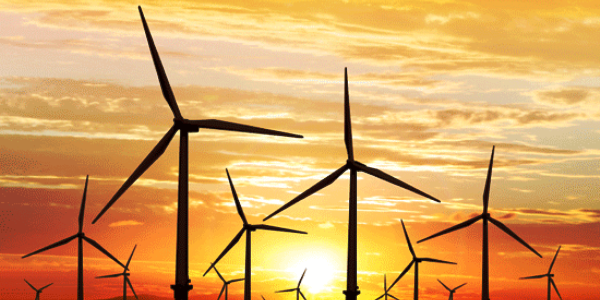For anyone who doesn’t realize the important role of wire and cable in wind farm reliability and performance, consider the fact that a 125 MW to 150 MW wind farm with approximately 50 turbines encompasses about 3 million feet of cable for the nacelle, tower, collection system and transmission needs. That means that a larger-scale 625 MW to 750 MW wind farm – with approximately 250 turbines – relies on 15 million feet of cable spanning roughly 2,800 miles. When it comes to satisfying the demand for renewable energy, every foot of cable counts.
As an intermittent source of power that requires high reliability with low operation and maintenance costs, a wind farm must be extremely efficient to ensure that as much power as possible can be generated and delivered to customers whenever the wind is blowing. Any downtime or delays can result in enormous losses in revenue. Consequently, all of the cables within the system – from the rotor to the electrical grid – must be engineered to ensure maximum efficiency, cost-effective performance and long-term reliability. There are also several conditions within a wind farm that require industry-standards-based cable designs, which have been qualified and tested to withstand the operating and environmental demands throughout the life of the system.
Conditions and considerations
There are many sizes, types and voltages of wire and cable used throughout a wind farm. It is not unusual to find up to 50 different cable constructions within a system, all of which play a critical role in overall wind power generation, transmission and distribution.
In the nacelle and tower, a wide range of power, control and signal cables is needed for a variety of interdependent systems, such as the generator, gear box, pitch system, yaw gear, transformers, controllers and other devices required to effectively monitor, control or convert the wind into electricity. In the collection system, medium-voltage underground cables are needed to provide efficient low-loss transmission of power from multiple turbines to the substation. Throughout the entire system, high-bandwidth fiber-optic cables make up the supervisory control and data acquisition system needed for continuous monitoring of the performance and efficiency of every turbine. And once the power reaches the substation, overhead transmission conductors deliver the renewable power to the grid.
Full Article – CLICK HERE

